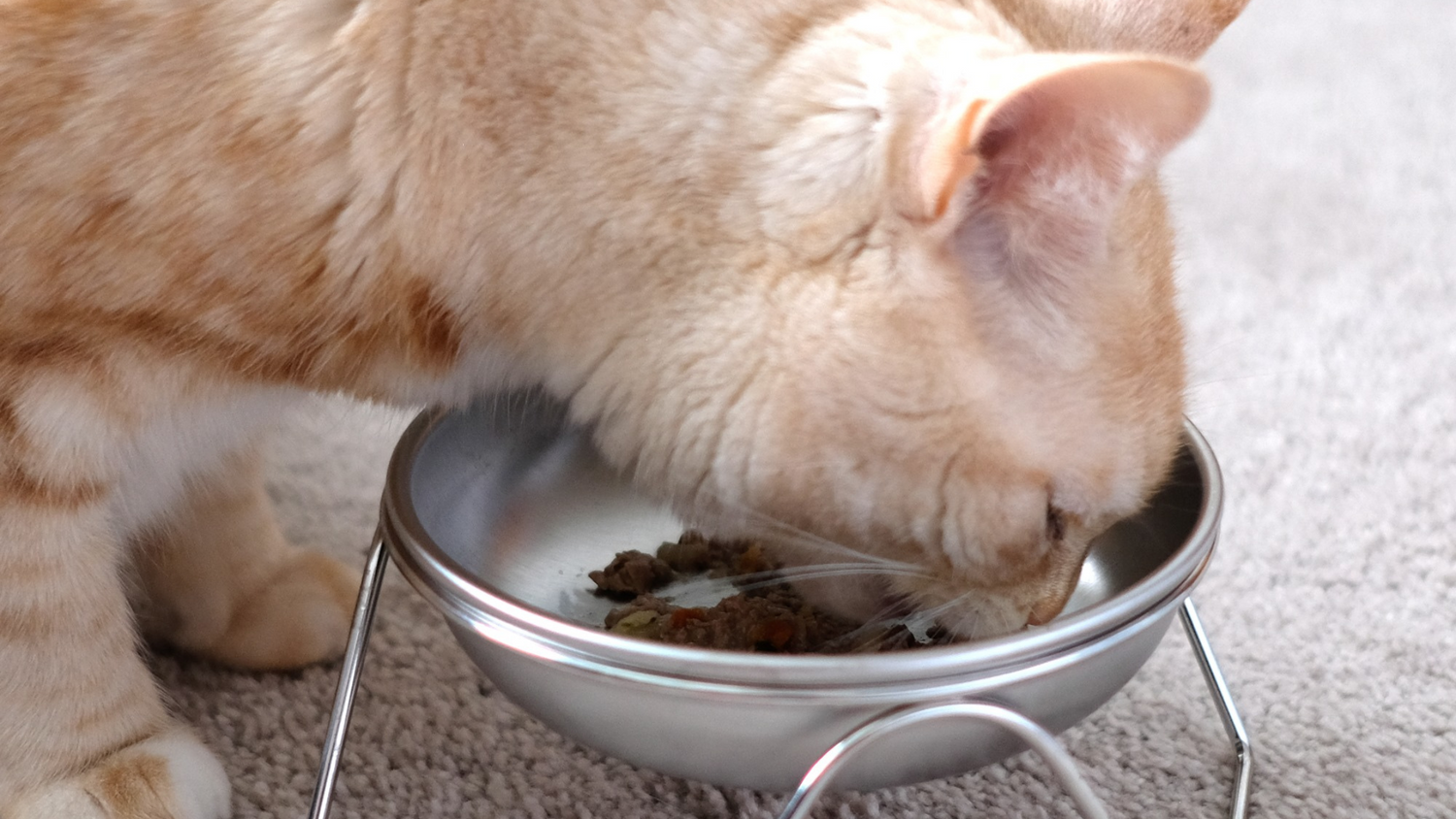As a responsible pet owner, it is essential to understand and provide proper care for your dog’s health and hygiene. One area that is often overlooked but is crucial for your dog’s well-being is the presence of smegma. In this comprehensive guide, we will explain what dog smegma is, why it occurs, and how to remove it to ensure your canine companion stays healthy and happy.
What is Dog Smegma?
Smegma is a naturally occurring substance found in male and female dogs. It is a combination of shed skin cells, oils, and moisture that accumulates around the genital area. In male dogs, it is primarily present on the prepuce (foreskin) and the tip of the penis, while in females, it can be found around the vulva.
Why Does Dog Smegma Occur?
Dog smegma is a result of the body’s natural shedding of skin cells and the lubrication of the genital area. While it is a normal occurrence, excessive accumulation of smegma can lead to hygiene issues and discomfort for your pet. It can also become a breeding ground for bacteria and cause infections if not properly addressed.
How to Recognize Dog Smegma?
Dog smegma can be recognized by the presence of a thick, yellowish substance around the genital area. In some cases, it may emit a foul odor and cause irritation or itching for your dog. It is essential to regularly check your dog’s genital area for the presence of smegma and take appropriate measures to remove it if necessary.
Removing Dog Smegma
Removing dog smegma is a relatively simple process that can be performed at home. It is essential to handle your dog with care and ensure they are comfortable throughout the process.
Step 1: Prepare the Area
Before attempting to remove smegma, it is crucial to clean the surrounding area with warm water and a mild, pet-friendly soap. This will help soften the smegma and make it easier to remove. Gently pat the area dry with a clean towel.
Step 2: Gentle Removal
Using a clean cloth or gauze pad, gently wipe away the smegma from your dog’s genital area. Be sure to use gentle, circular motions to avoid causing any discomfort to your pet. If the smegma is particularly stubborn, you may need to repeat this process a few times until the area is clean.
Step 3: Follow-Up Care
After removing the smegma, it is essential to apply a small amount of pet-safe moisturizer to the area to prevent dryness and irritation. This will help keep the skin in the genital area healthy and prevent further smegma buildup.
Preventing Smegma Buildup
While occasional smegma buildup is normal, there are measures you can take to prevent excessive accumulation and ensure your dog’s hygiene is maintained.
- Regularly inspect and clean your dog’s genital area to remove any smegma before it becomes a problem.
- Ensure your dog has access to proper grooming and hygiene, including regular baths and brushing to prevent the buildup of oils and dead skin cells.
- Consult with your veterinarian to ensure your dog’s diet and overall health are contributing to proper skin and coat health.
Conclusion
Understanding and removing dog smegma is an important aspect of pet care that should not be overlooked. By recognizing the signs of smegma buildup, taking proactive measures to remove it, and implementing preventive care, you can ensure your dog stays healthy and comfortable. If you have any concerns about smegma or your dog’s overall health, be sure to consult your veterinarian for guidance and care.
FAQs
Q: Is dog smegma harmful to my pet?
A: While dog smegma is a natural occurrence, excessive buildup can lead to hygiene issues and potential infections. It is essential to monitor and remove smegma when necessary to ensure your dog’s well-being.
Q: How often should I check my dog for smegma?
A: It is recommended to check your dog’s genital area during regular grooming sessions or baths. If you notice any signs of smegma buildup, take the necessary steps to remove it promptly.
Q: Can I use regular soap to clean my dog’s genital area?
A: It is best to use a mild, pet-friendly soap to clean your dog’s genital area. Harsh soaps can cause irritation and dryness, so be sure to use products specifically designed for pets.
Q: Should I be concerned if my dog has a persistent smegma buildup?
A: If you notice a persistent or excessive buildup of smegma, it is essential to consult with your veterinarian. They can help determine if there are any underlying health issues contributing to the smegma accumulation and provide proper care and treatment.
how to clean dog smegma
Understanding and removing dog smegma is an important aspect of regular pet care that many pet owners may not be familiar with. Smegma is a combination of dead skin cells, oils, and other debris that can accumulate in the folds of a dog’s skin, particularly in the genital and anal areas. It can be unpleasant for both you and your dog and can lead to infections if not properly managed.
To properly remove dog smegma, it’s important to first understand why it forms. The folds in a dog’s skin, particularly in areas like the genital and anal regions, create the perfect environment for smegma to accumulate. Female dogs, in particular, can be prone to smegma buildup in the vulva area. It’s important to regularly check these areas for any signs of smegma and take action to remove it.
To remove dog smegma, start by using a gentle, pet-safe cleanser and warm water to gently wash the affected area. Avoid using harsh soaps or chemicals that could irritate your dog’s skin. Gently lift the folds of skin and clean away any accumulated smegma. It’s important to be thorough but gentle to avoid causing any discomfort to your dog.
In some cases, a dog may have excessive smegma buildup that requires more thorough cleaning. In these cases, it’s best to consult with a veterinarian for guidance on proper cleaning and potential treatment for any underlying issues that may be contributing to the buildup. Your vet may recommend a specific cleanser or treatment plan to help manage the smegma and prevent further buildup.
Preventing smegma buildup in the first place is the best approach to managing this issue. This can be done by regularly grooming your dog, paying close attention to areas where smegma is likely to accumulate. Keeping the skin clean and dry can also help prevent smegma from forming. If your dog has skin folds that are prone to smegma buildup, consider using a pet-safe powder to help absorb moisture and prevent smegma from accumulating.
Understanding and removing dog smegma is an important part of pet care that can help keep your dog healthy and comfortable. By being proactive in managing smegma buildup, you can prevent infections and discomfort for your dog. Regular grooming and cleaning of your dog’s skin can help prevent smegma from forming in the first place, and consulting with a veterinarian can provide further guidance on managing this concern. By staying informed and attentive to your dog’s needs, you can help ensure their well-being and comfort. how to clean dog smegma








